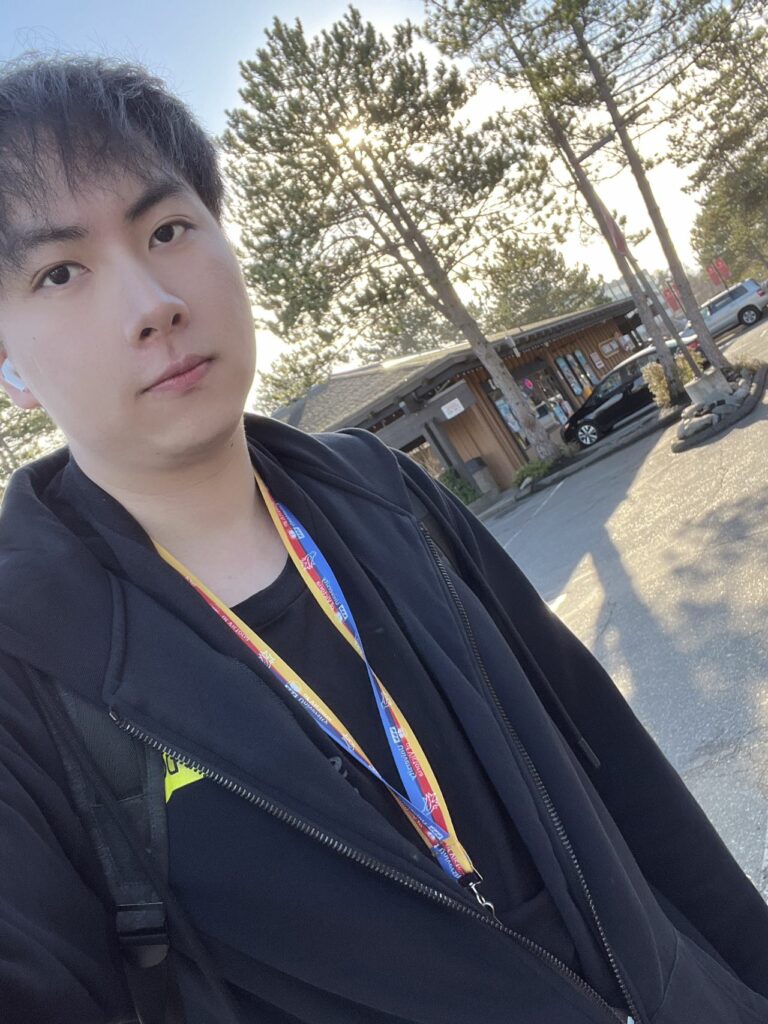About Me
My name is JiaoNing Hu. My program is Economics, and this is my last year in University of Victoria. Before coming to Victoria University, I studied Art and Science at Camson College and obtained a diploma.

Introduction to Open and Distributed Education
While education in this digital age has moved a long way from traditional classrooms, distributed education has become the model that leverages technology to offer opportunities for flexibility and accessibility in learning. Whereas traditional methods of education bring learners together in one place, the concept of distributed education disperses the learners across different locations, mostly asynchronously, through digital platforms.
This model increases access for students who may have geographical, personal, or work-related obstacles. For example, a student in one time zone can participate in discussions and submit assignments he or she prefers without having to coordinate with others in different time zones. This flexibility allows the learning to take place without the constraints an immobile student would face.

What is Open Education?
It is taking this concept further, though, in that open education creates opportunities to have educational resources available to everybody, free of financial limitations. Examples of such resources would be open textbooks and Massive Open Online Courses (MOOCs)(https://www.mooc.org/). Open education affordably provides diverse learners with access to quality materials that would otherwise be beyond their reach due to expensive purchase rates. It democratizes knowledge, allowing individuals around the world to actively create and shape an educational environment that is more equitable and inclusive. As cited in [Twenty Years of Edtech](https://www.educause.edu/), open education stands for the abolition of these obstacles in the way of collaboration and for enhancing growth in the educational sphere.

Modes of Learning
There are also learning modes, each having its peculiar preference and needs. For example, traditional face-to-face learning enjoys the advantage of interaction in real time along with immediate feedback. However, online learning, either synchronous or asynchronous, came into the limelight owing to the flexibility it afforded. Blended learning captures one of the best of both worlds: it takes in face-to-face interaction and complements it with online activities and resources. On a personal note, I prefer asynchronous learning because then I can go with my own pace. So, I can review recorded lectures of some subjects which usually I am not able to understand properly during the time of a lecture, and revisit them on my own. In principle, that fits an incredibly busy schedule. This flexibility by far has influenced me in the success that I experience as a learner, since it enables me to balance both my academic and personal life better.
Digital Literacy
Thus, for distributed and open education settings, one needs to define [digital literacy](https://www.futurelearn.com/info/blog/what-is-digital-literacy). It is the ability to use digital tools and platforms effectively and to do so in their critical active form.
In this regard, digital literacy is much more than simple technical skills; it encompasses the evaluation of online information, collaboration with others using digital tools, and awareness of digital security. In my own learning experience, knowledge of how and where to find reliable resources on the internet or how to take advantage of resources such as Google Docs or Zoom for collaboration has definitely helped me to increase my ability in terms of engaging in class work and completing assignments on time. It ensures that learners will be able to participate and contribute in a digital learning environment through developing digital literacy.
Managing My Digital Identity
Digital identity refers to how we expose or portray our personality online, both personally and professionally, according to https://www.educause.edu/. As I work with different online digital spaces, I’m aware of the trail I leave-my digital footprint.
With the help of platforms such as LinkedIn, I make sure to craft a professional identity through posting educational achievements and career-related content. On social media platforms such as Instagram, I manage a more personal identity. These often cross over with each other and call for careful management so that they continue to align with or match my goals. For example, good online reputation maintenance will entail me being aware of what and how I post something, as this may attract a future employer.

In conclusion, distributed and open education, in addition to the different modes of learning, have completely changed our approach to education. Understanding digital literacy and managing one’s digital identity are important aspects of succeeding in these environments and make education more accessible, flexible, and inclusive for all.

Leave a Reply